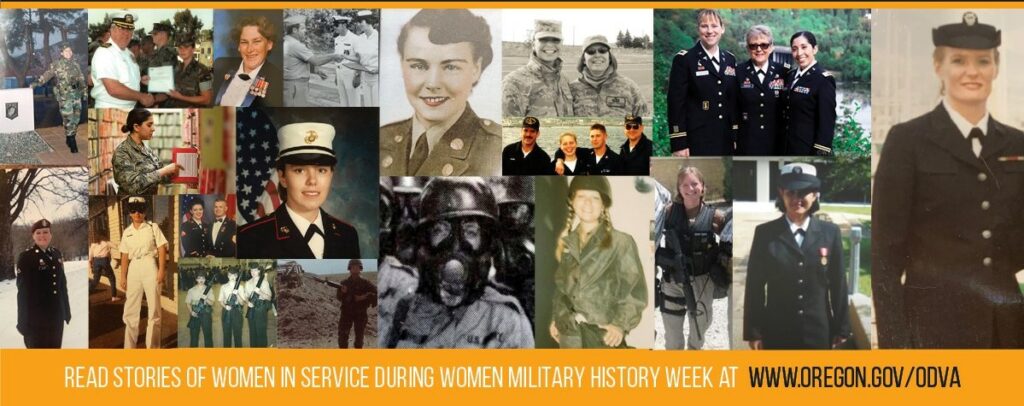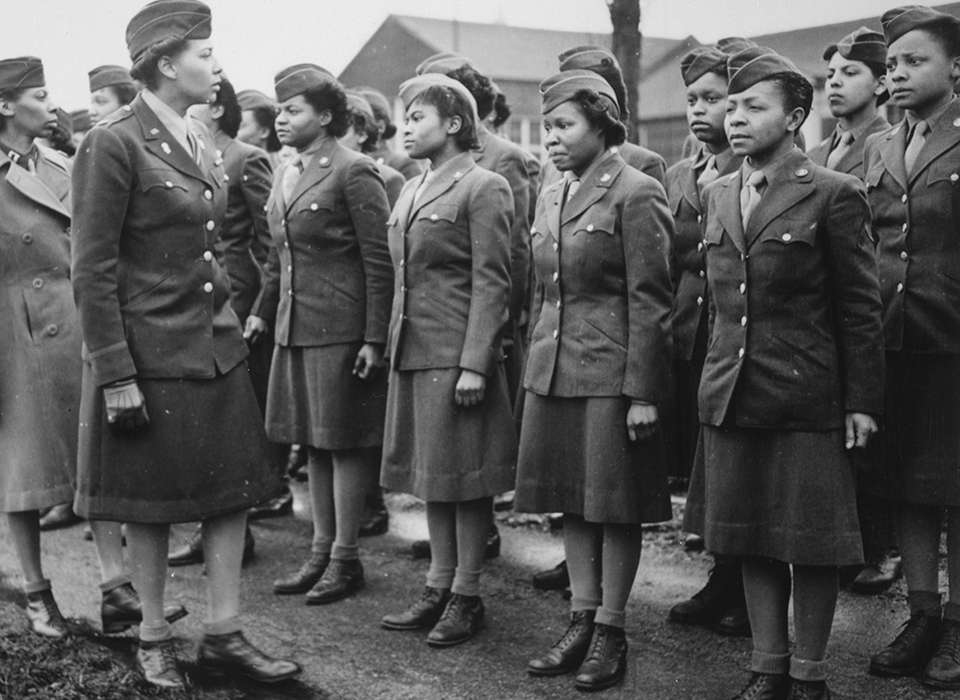![]()
June 6 is the 74th anniversary of D-Day when we pay tribute to those who made the ultimate sacrifice at Normandy and honor those who lived to fight another day. Here is the story of one brave Veteran who was there.
D-Day, June 6, 1944, the largest amphibious invasion in history. Over 150,000 American, British, and Canadian troops stormed the beaches of Normandy, but over 15,000 airborne soldiers dropped in behind enemy lines on D-Day. Most parachuted in, but over a thousand landed in Normandy inside gliders made of plywood.
Ninety-seven-year-old Millcreek, Utah, resident John “Jack” Whipple (pictured above) piloted one of the hundreds of gliders to set down in the fields of France on that June morning.
“After we landed we became infantry men.”
Tow planes delivered Jack and hundreds of other fearless flyers to the air over Northern France. Whipple was behind the controls of an Airspeed Horsa the day of the invasion.
“When we came over Utah Beach we received some ground fire,” said Whipple. “Then we flew over the Germans, and received a lot more fire.”
Horsa Glider
Allied forces used two gliders in the invasion: the Waco CG-4A and the Airspeed Horsa. These were not the modern sail planes of today, but cargo and troop carriers. The CG-4 carried a pilot and co-pilot, 13 soldiers and their equipment, or a jeep and two or three soldiers.
Whipple’s Horsa carried him and co-pilot, a jeep, an anti-tank gun, four soldiers that morning, but the Horsa could
Views: 37



